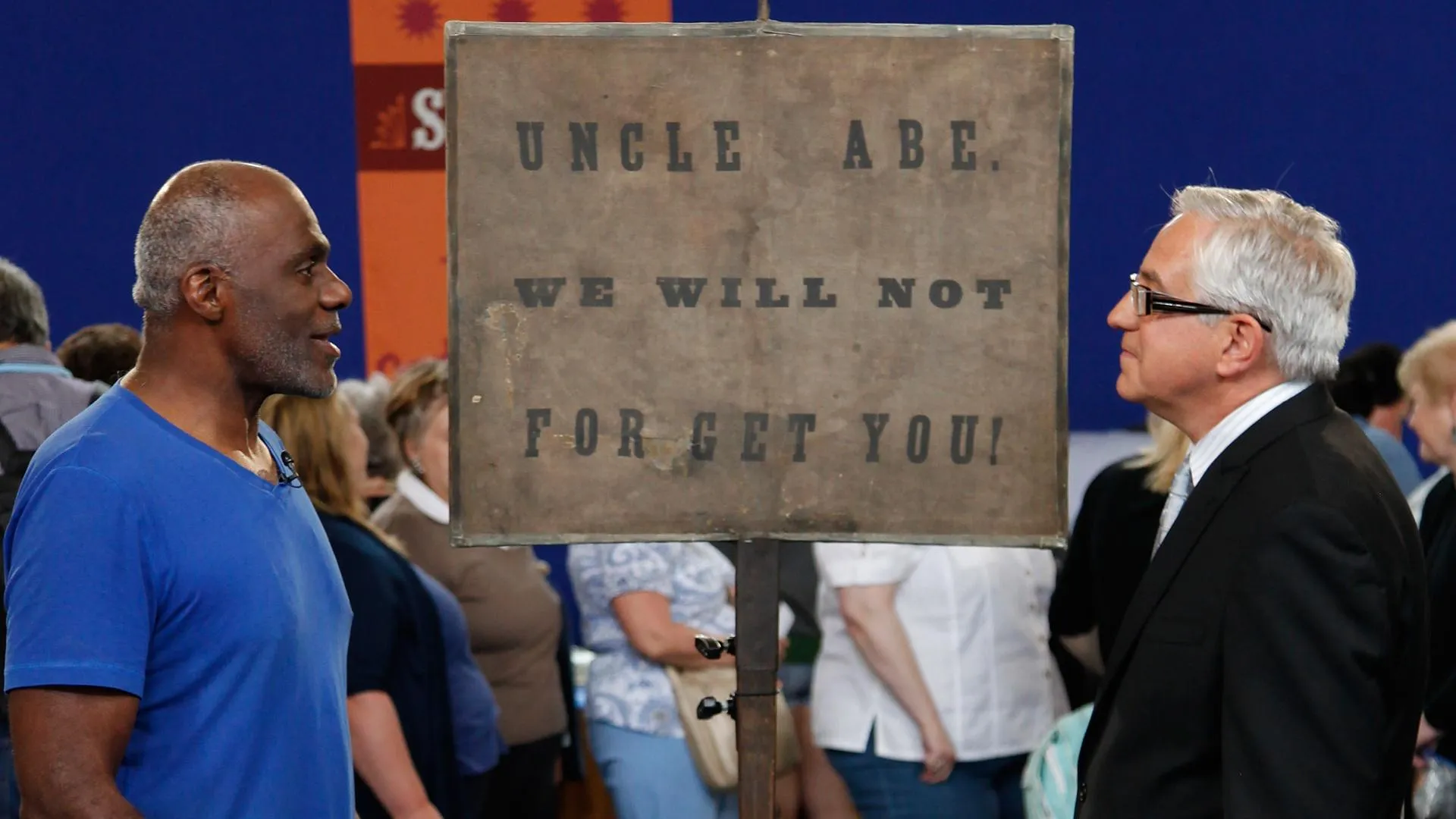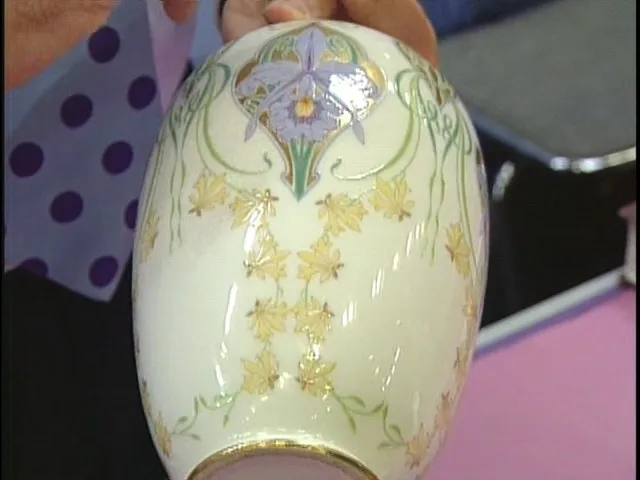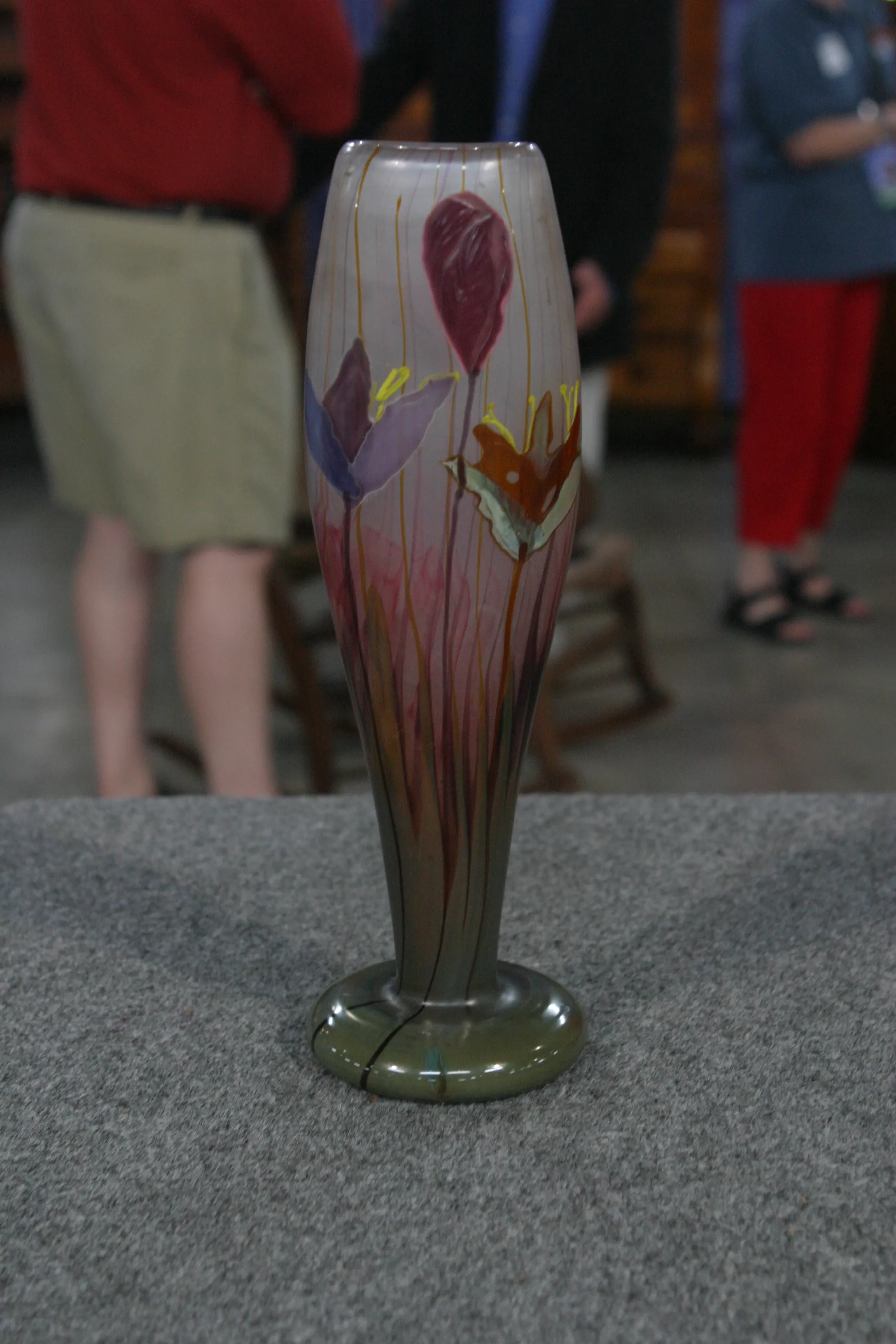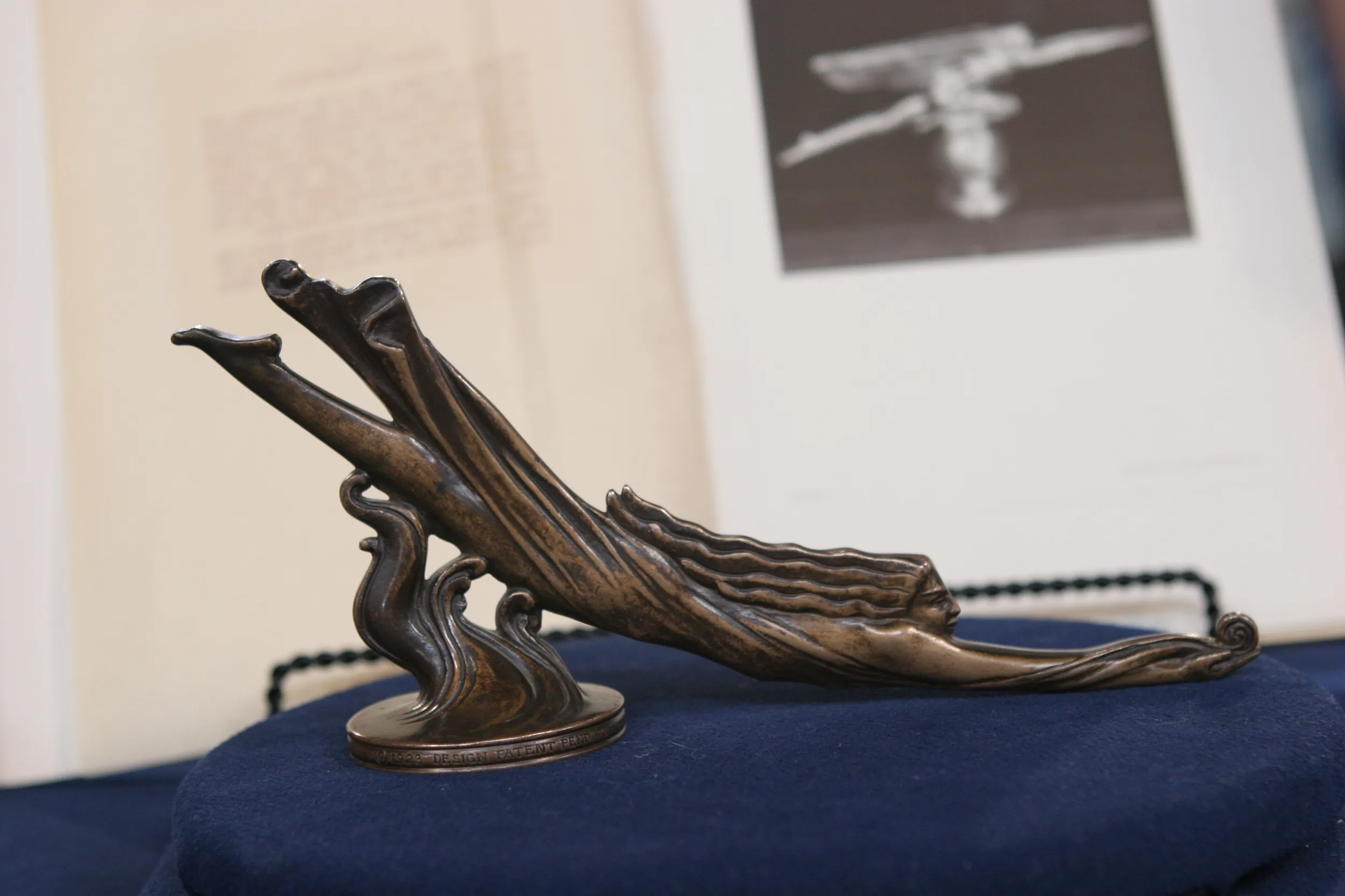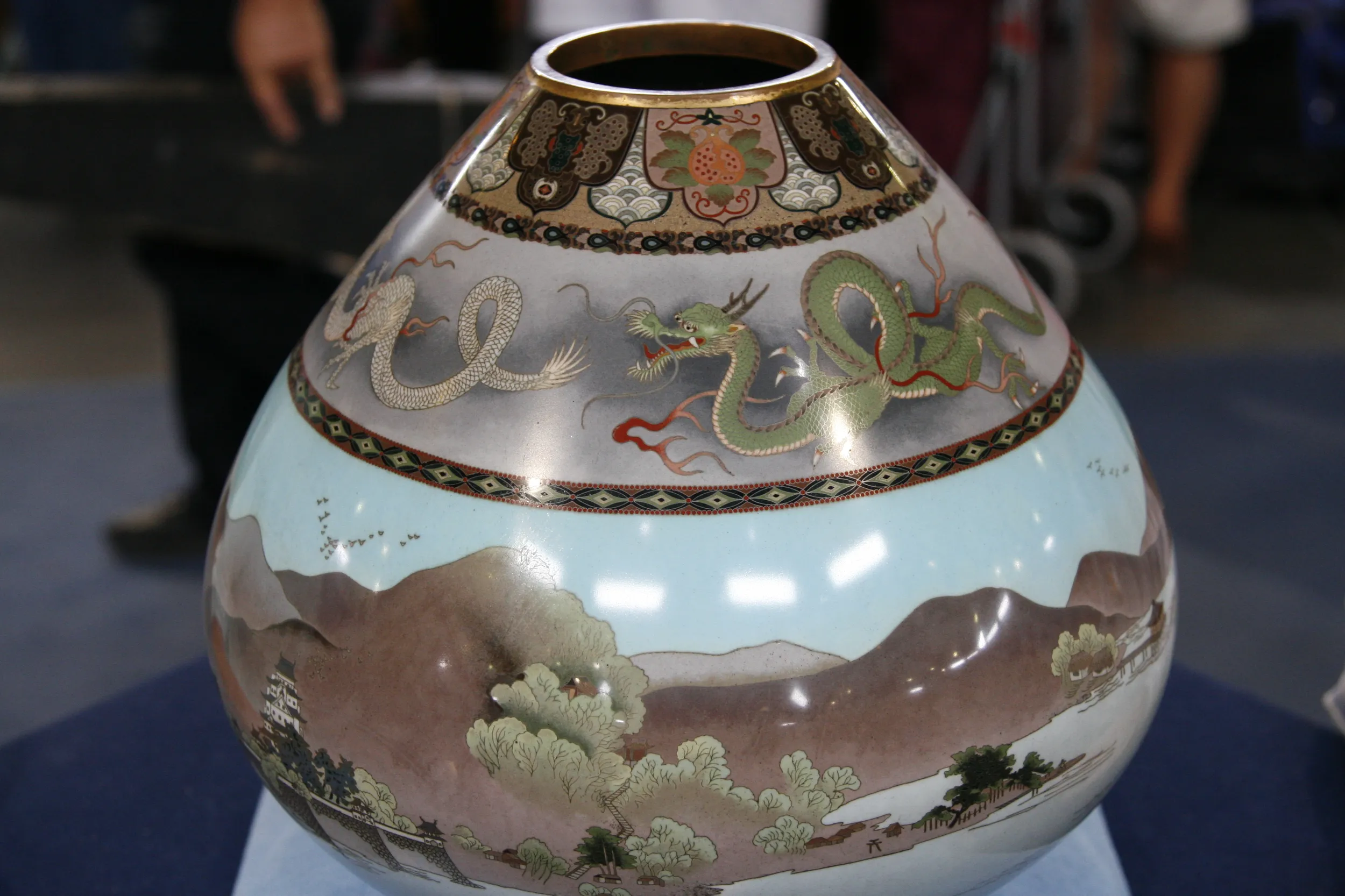GUEST: I was living on a cattle ranch in Colorado, and an older couple had moved there from San Francisco to retire, and bought a fish farm. And they were selling all their San Francisco things and buying Western. This was in a garage rolled up, and I asked how much they wanted for it, and they said $25. And I wrote out the check really fast.
APPRAISER: How long ago was this?
GUEST: 1975 or '76.
APPRAISER: Okay. It's an antique rug from around 1900, woven in the Afghanistan region by the Ersari tribe.
GUEST: Oh, for heaven's sake.
APPRAISER: So these were nomadic people that by the late 19th century had started to weave as a cottage industry, because rugs had become so popular.
GUEST: Okay.
APPRAISER: In earlier times, the rugs looked a good deal different than this. One of the main differences is these large medallions that you see...
GUEST: Uh-huh?
APPRAISER: Which there are three rows... In the earlier examples, let's say from the early 19th century or the mid-19th century, there would have been a lot more spacing between the individual medallions, which are called guls. As these nomads became more commercial in their endeavor, there tended to be a trend towards packing in more and more design. And the people that collect Turkoman rugs want to have the earlier examples that are more suggestive of the time when they were making things for their own purposes. I'd say if you had to go out and buy this today in the retail market, you'd have to pay around $5,000 for it.
GUEST: Oh, that would be great. Well, that's wonderful. That's all right.

